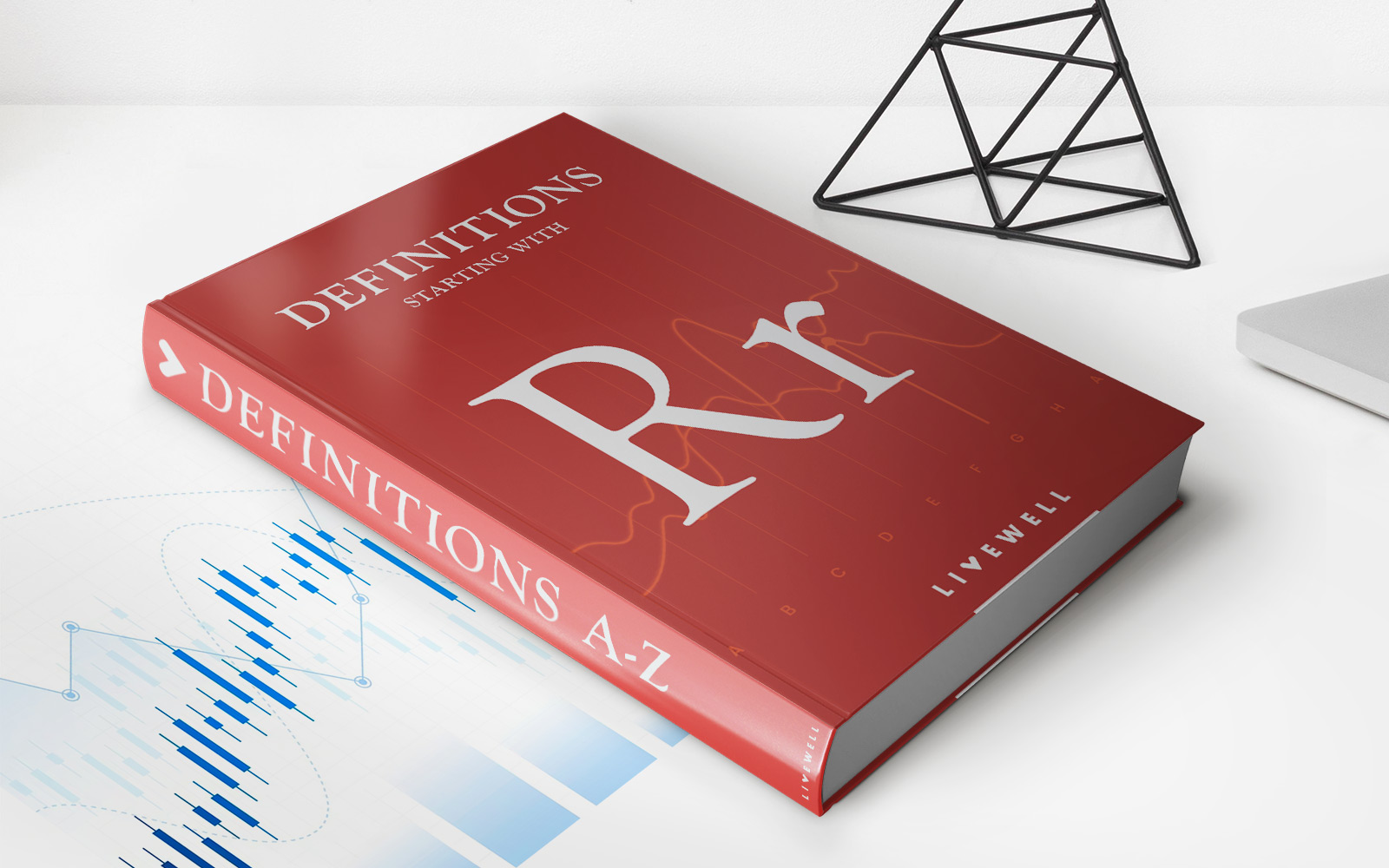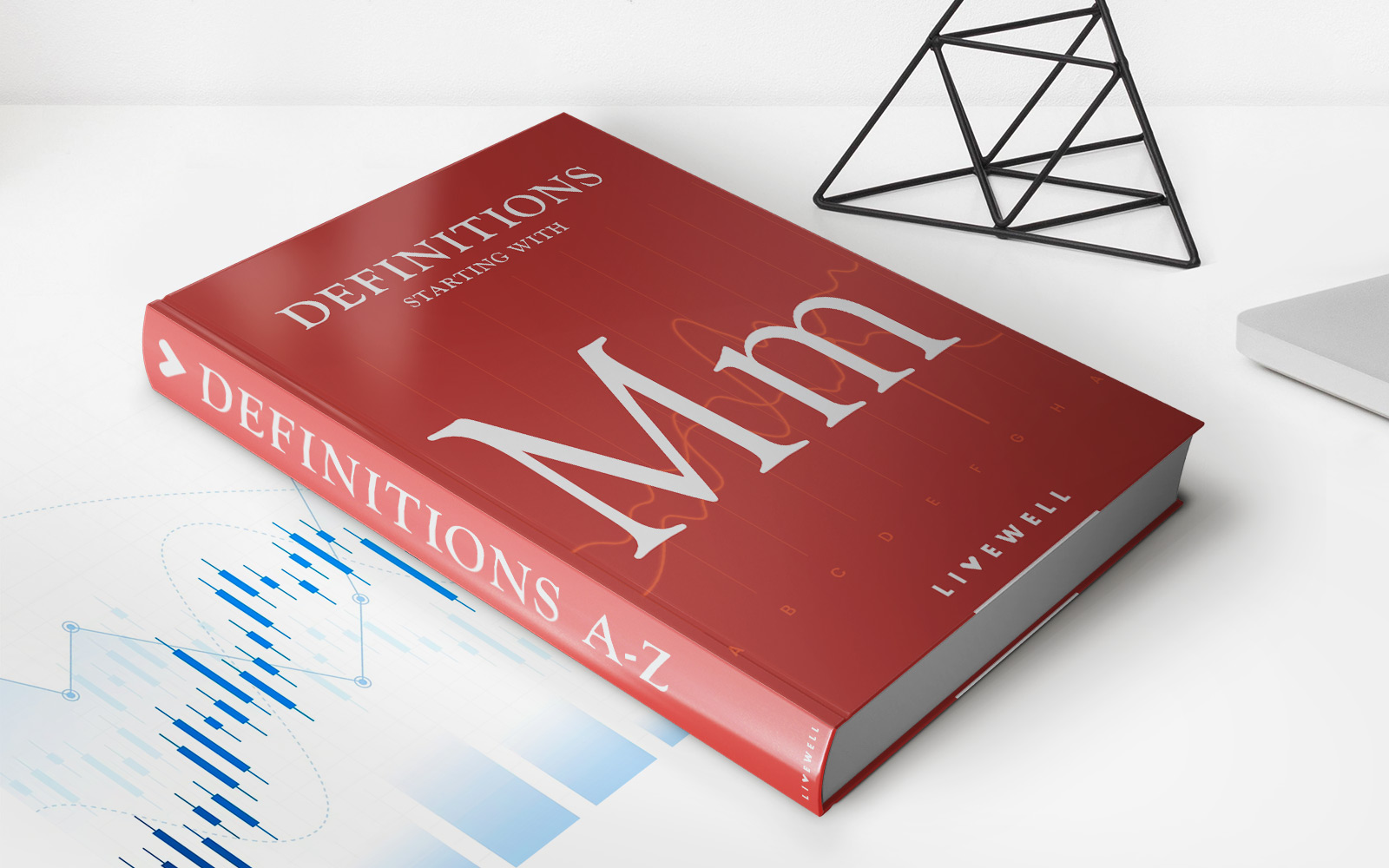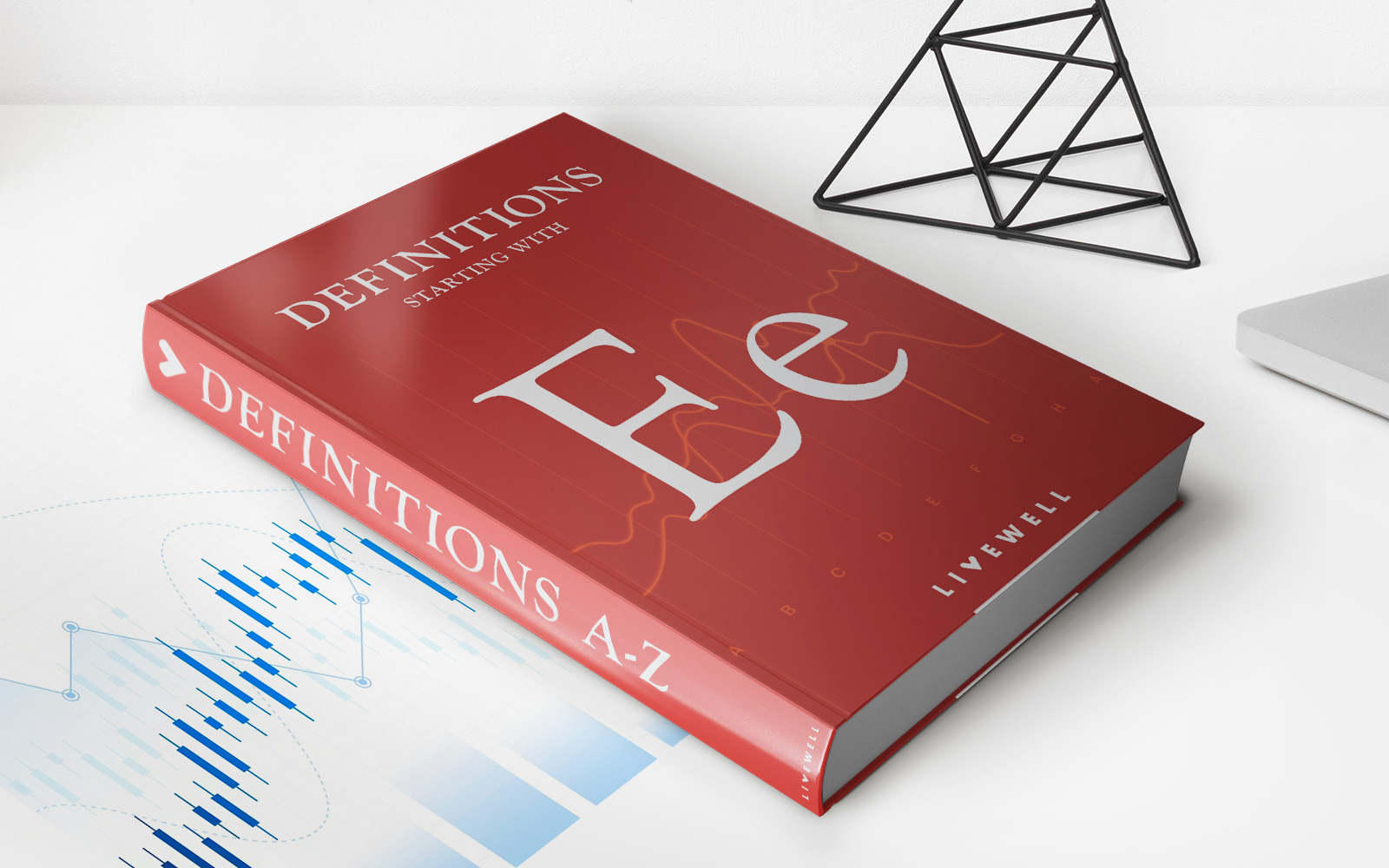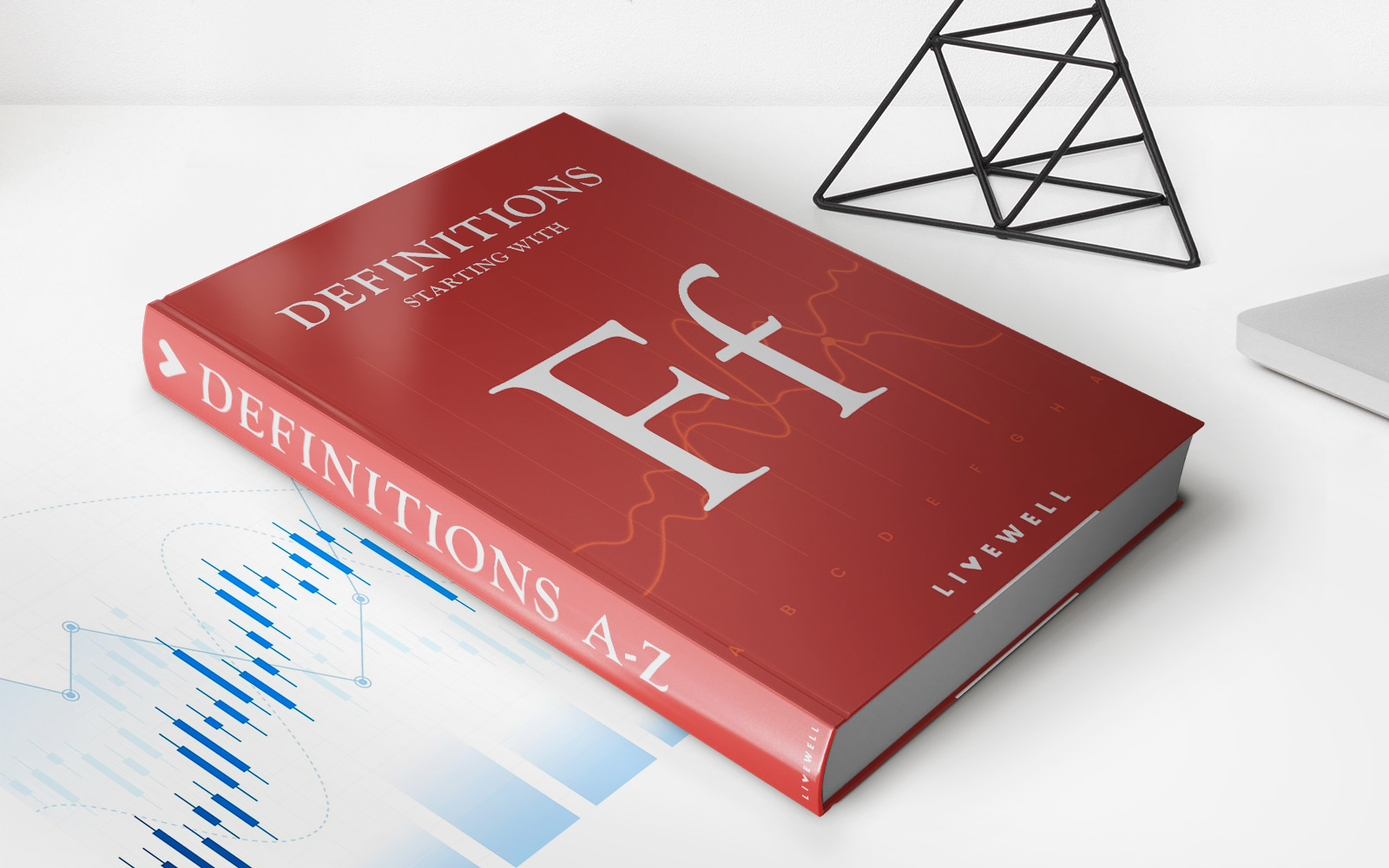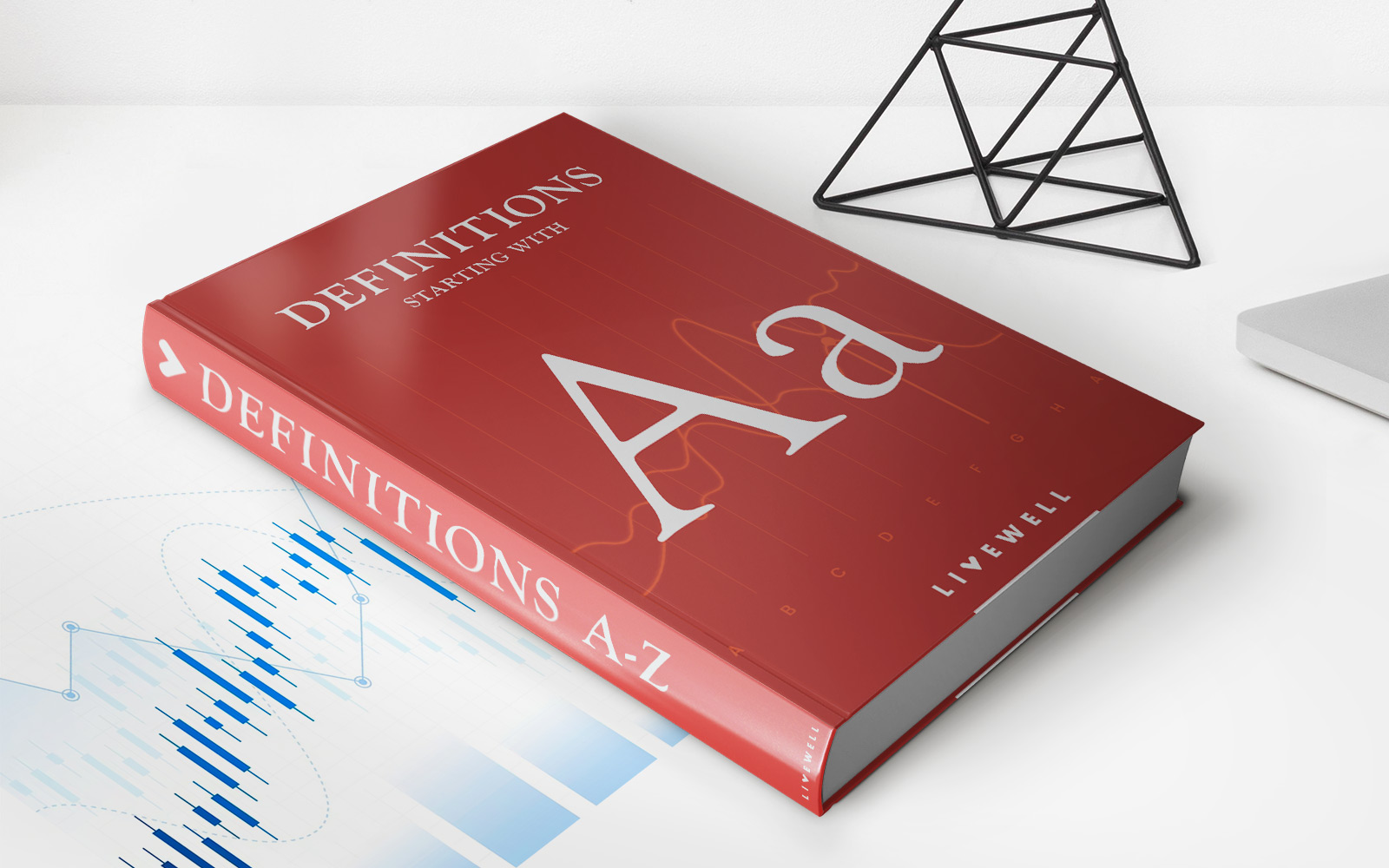Home>Finance>Asset Management And Disposition Agreement (AMDA) Definition
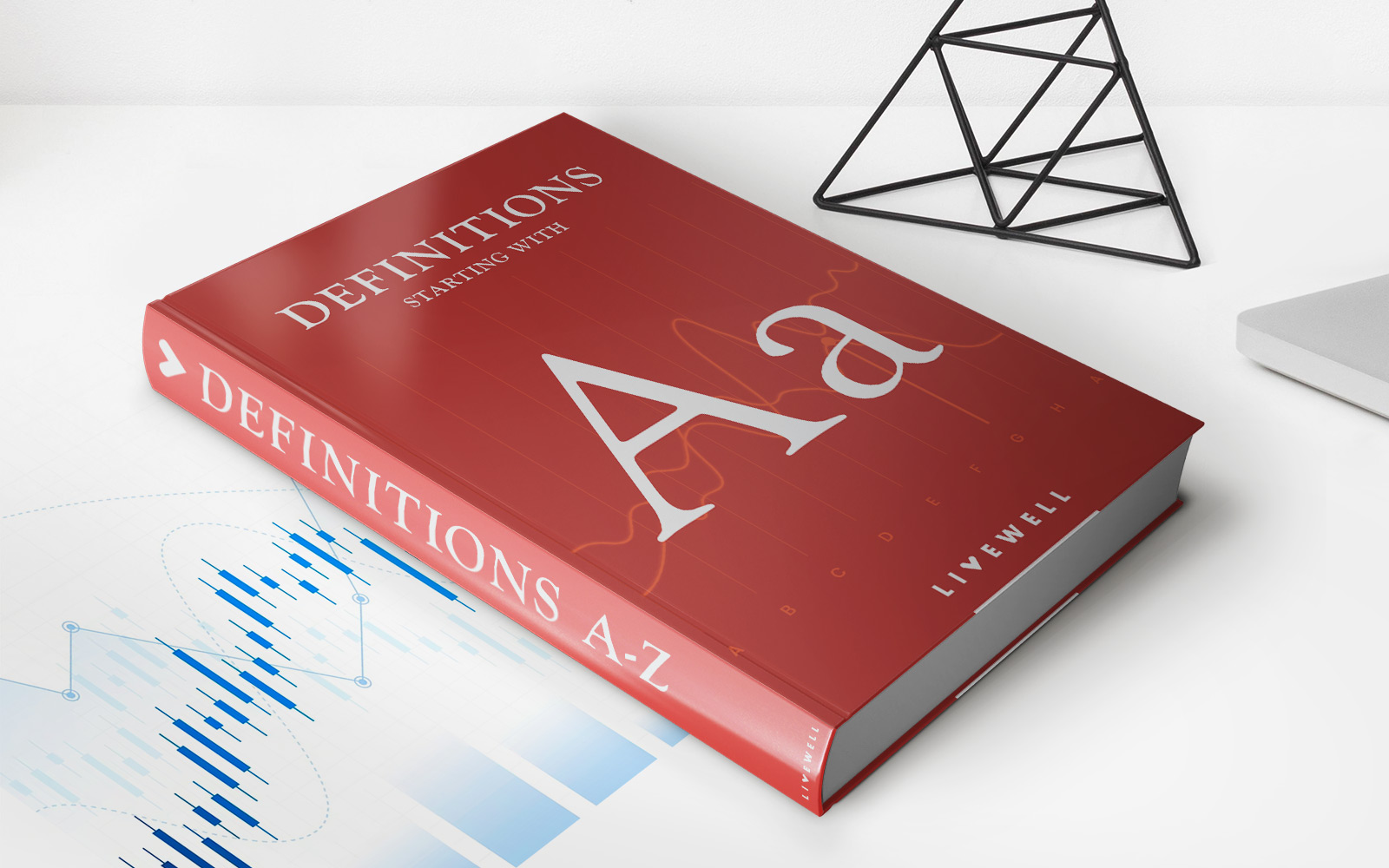

Finance
Asset Management And Disposition Agreement (AMDA) Definition
Modified: December 30, 2023
Learn the definition of Asset Management and Disposition Agreement (AMDA) in the finance industry. Discover how it impacts financial planning and decision-making.
(Many of the links in this article redirect to a specific reviewed product. Your purchase of these products through affiliate links helps to generate commission for LiveWell, at no extra cost. Learn more)
Understanding Asset Management and Disposition Agreement (AMDA)
Welcome to our Finance blog category, where we discuss various topics related to managing your finances effectively. In this post, we will be delving into the world of Asset Management and Disposition Agreement (AMDA), a key concept in financial planning and strategy. If you’re curious about what AMDA is and how it can benefit you, you’re in the right place!
Key Takeaways:
- Asset Management and Disposition Agreement (AMDA) is a legal agreement between an investor or borrower and a financial institution.
- AMDA outlines the terms and conditions for the management and eventual disposal of assets held by the investor.
So, what exactly is an Asset Management and Disposition Agreement (AMDA)? In simple terms, it is a legal agreement between an investor or borrower and a financial institution. The purpose of this agreement is to lay out the terms and conditions for the management and eventual disposal of assets held by the investor.
AMDA is a crucial tool in asset management as it provides a framework for optimizing the performance and maximizing the value of assets over time. It allows investors to delegate the responsibility of managing their assets to professionals who possess the necessary expertise and resources.
There are several benefits to entering into an AMDA:
- 1. Streamlined Asset Management: By entrusting the management of assets to financial professionals, investors can free up their time and focus on other important aspects of their financial planning.
- 2. Expert Insights: The financial institution involved in the AMDA is equipped with experienced professionals who can provide valuable insights and advice on optimizing asset performance.
When entering into an AMDA, it is essential to carefully review the terms and conditions outlined in the agreement. These may include details regarding the selection of assets, risk management strategies, reporting and communications, as well as the responsibilities of both parties involved.
It’s important to note that AMDA is typically used for larger portfolios or specific types of assets. If you have a smaller investment portfolio, you may still be able to benefit from outsourcing asset management through alternative arrangements such as mutual funds or exchange-traded funds (ETFs).
Whether you choose to enter into an AMDA or pursue other asset management options, the goal remains the same – optimizing your investments and achieving your financial objectives. Working with trusted professionals in the financial industry can provide you with the guidance and expertise necessary to make informed decisions and ensure your assets are managed effectively.
We hope this blog post has shed some light on the concept of Asset Management and Disposition Agreement (AMDA). If you have any further questions or would like to explore your asset management options, feel free to reach out to our team. Stay tuned for more insightful posts on finance-related topics!







